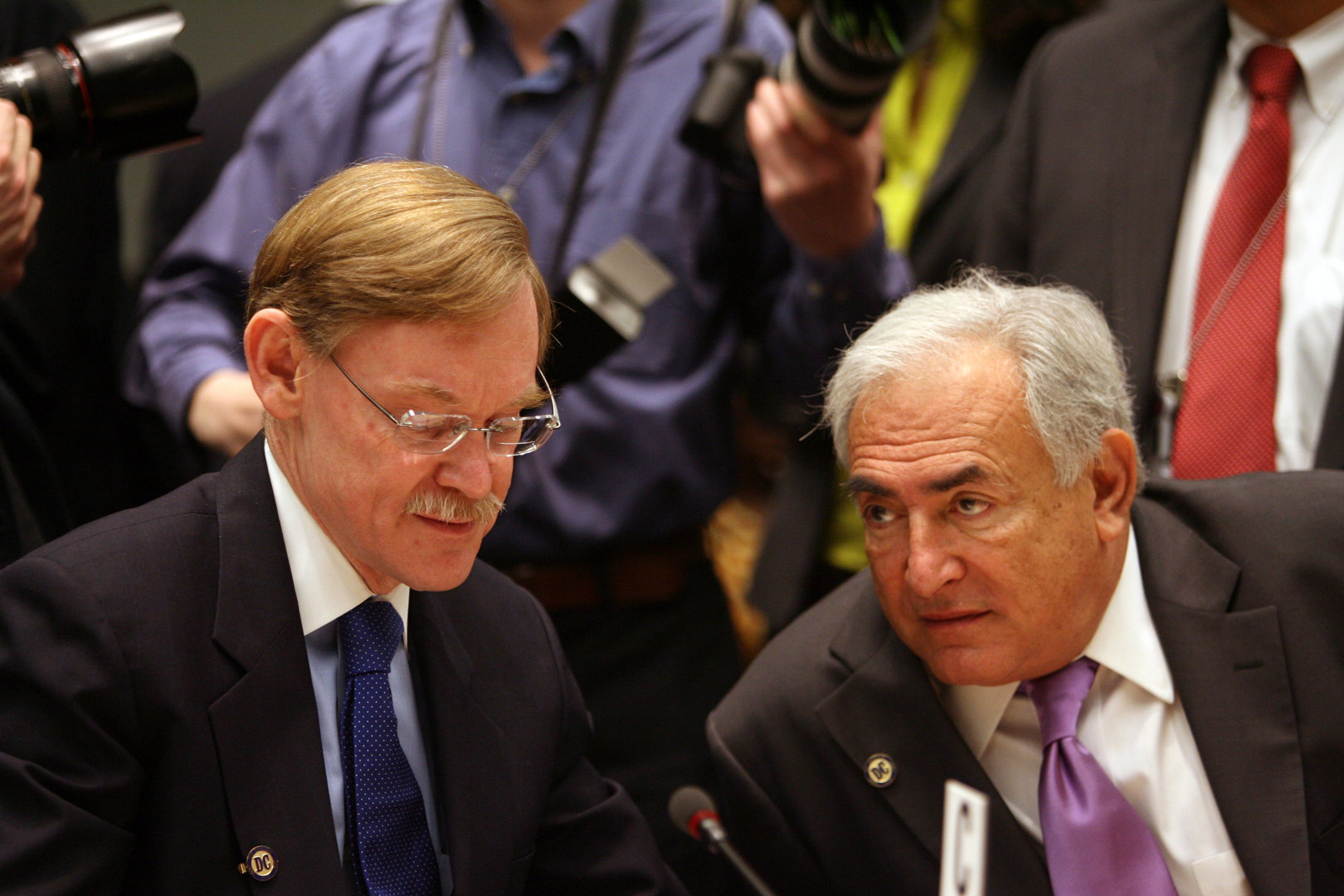 While many readers of Global Memo are policy wonks, familiar with global organizations and jargon, the goal of the site is to inform and educate a wider audience on multilateral elections.
While many readers of Global Memo are policy wonks, familiar with global organizations and jargon, the goal of the site is to inform and educate a wider audience on multilateral elections.
In addition to articles here, tweets and Facebook posts, I often chat offline with regular readers and friends about the topics I cover. During one conversation, an especially regular reader–my wife–suggested a basic tutorial on the selection process in which the International Monetary Fund is currently engaged. And of course, I always respond to my regular readers, especially those to whom I am married!
We will break this into two pieces – a background on the IMF and selection of its top executive, and a summary of events in the current selection to date.
- The International Monetary Fund (IMF, or Fund) is one of three “Bretton Woods” institutions created in 1944-45 (along with the World Bank and what would eventually become the World Trade Organization) to help manage exchange rates, stabilize the global economic system and assist member states to improve their economies. There are currently 187 member states of the Fund.
- The Fund is headed by a Managing Director. To date, this person has always been a European and the World Bank has always been headed by an American, per a “gentlemen’s agreement” that recognize the U.S. and Europe as the major economic powers when the Fund was established. The emerging economies of China, Brazil and others are making this premise increasingly difficult to defend.
- The Fund is governed through two bodies – an Executive Board and a Board of Governors.
- The 187-member Board is composed, usually, of each member state’s Finance Minister or central bank governor. Votes in the Board are by individual member. For the most part, the Board of Governors plays no role at all in the selection of the Fund’s Managing Director.
- The Executive Board, which elects the Managing Director, is composed of 24 Directors. Five are appointed directly by those governments that make the largest contributions (or have the largest “quotas”) to the Fund. The remaining 19 Directors members are elected by the other 182 member states.
- Thus, on the Executive Board, most of the Fund’s member states are represented by nationals from other governments. For example, Kazakhstan’s vote in the Executive Board for Managing Director this year will be cast by a Swiss national.
- The selection process has improved gradually over the last decade, but is still considered by many civil society groups as inadequately transparent or accountable to the majority of the world’s governments and those whom the Fund’s policies directly impact.
- In addition to the geographic discrimination, reform proponents–both within and outside the Fund–argued for reforms to the selection process. In 2007, only the 24 Directors on the Executive Board members could nominate candidates. But the process was improved that year with the release of a formal timeline for nominations, defining, however vaguely, the desired qualifications of candidates, and formally interviewing candidates.
- This year, the invitation to submit nominations has been opened up to members of the Board of Governors in addition to Executive Board members.
- Should more than three nominees be put forward, the Executive Board will short-list three candidates for further consideration. This short-listing, if necessary, will nominally avoid taking into account “geographic preferences.” Nonetheless, the shortlist will be publicly released, a significant improvement in transparency over previous years.
- The timeline for submitting nominations, however, has been shortened to less than three weeks (May 23 – June 10), compared to six weeks in 2007. The Executive Board is expected to make a final decision by the end of June. The entire process of electing one of the most influential officials in global finance, from start to finish, will take less than seven weeks.
In the next post, we’ll move on to briefly review the events that have taken place since this year’s process began, a mere two weeks ago.
(Photo courtesy of EDU in Review)


One thought on “IMF Selection 101, Part 1”